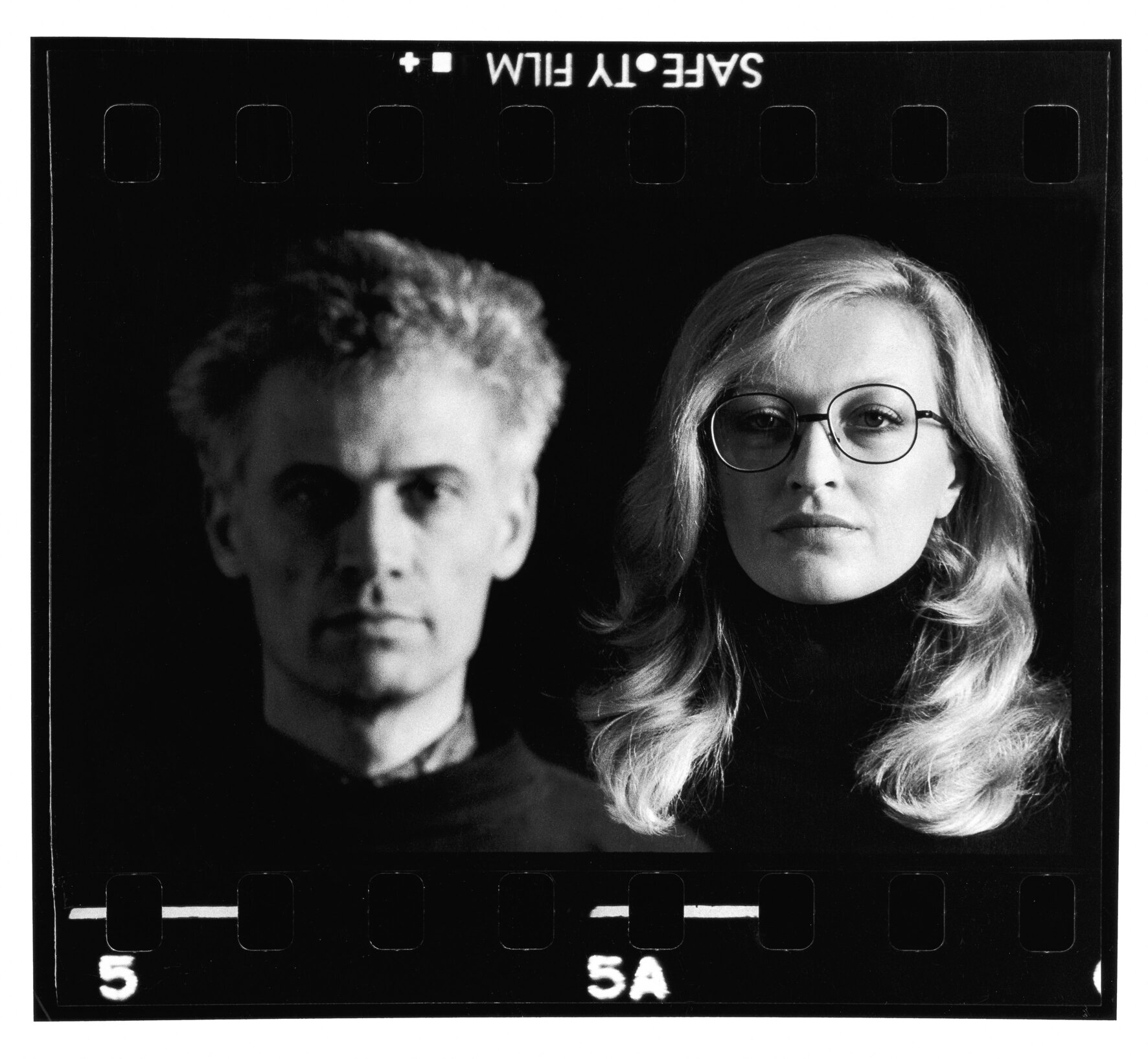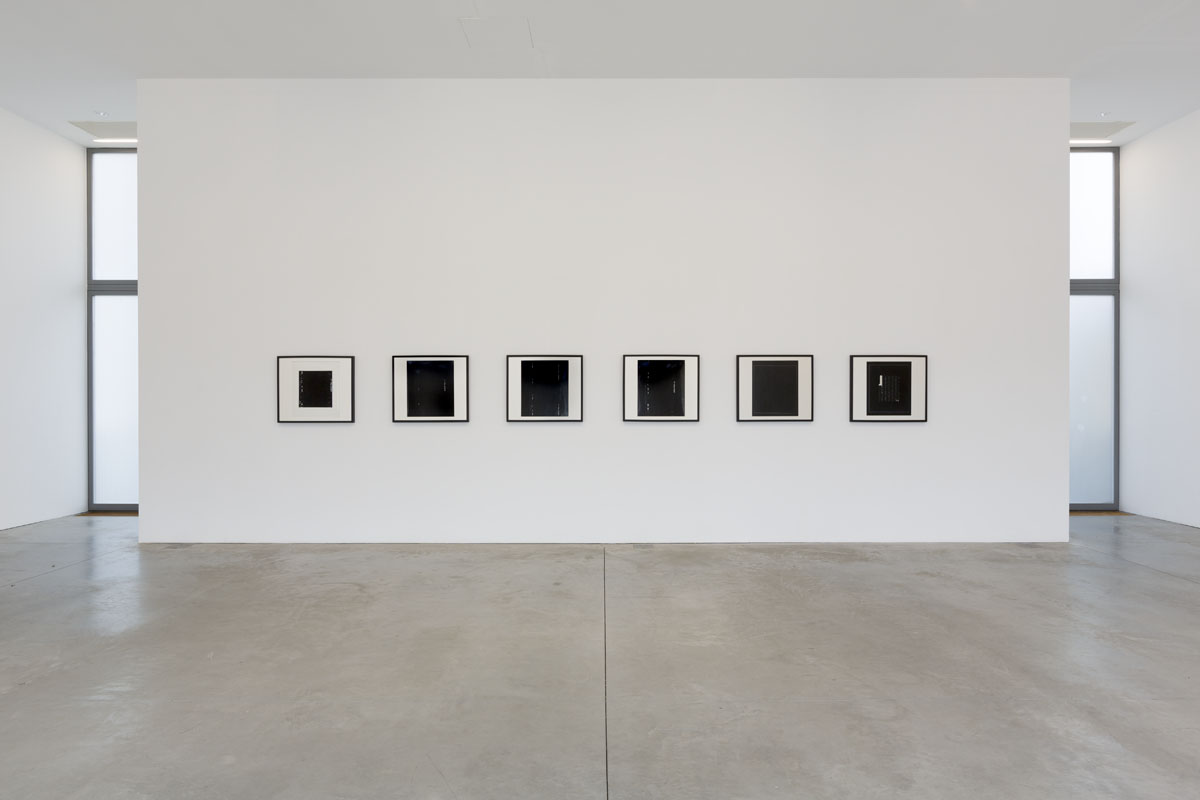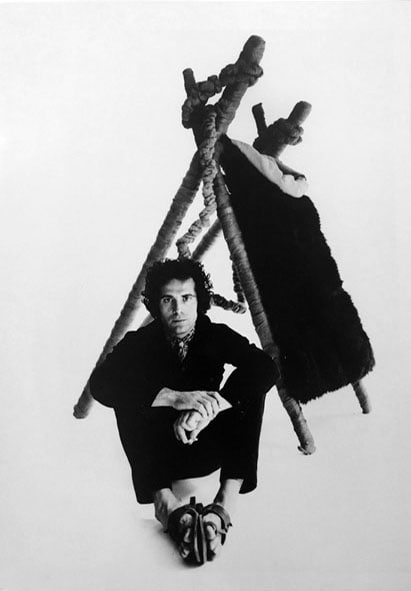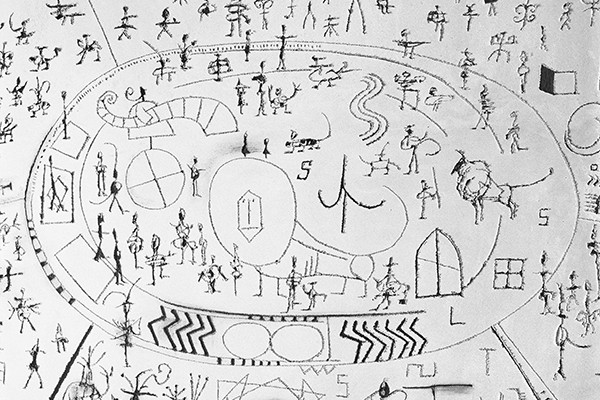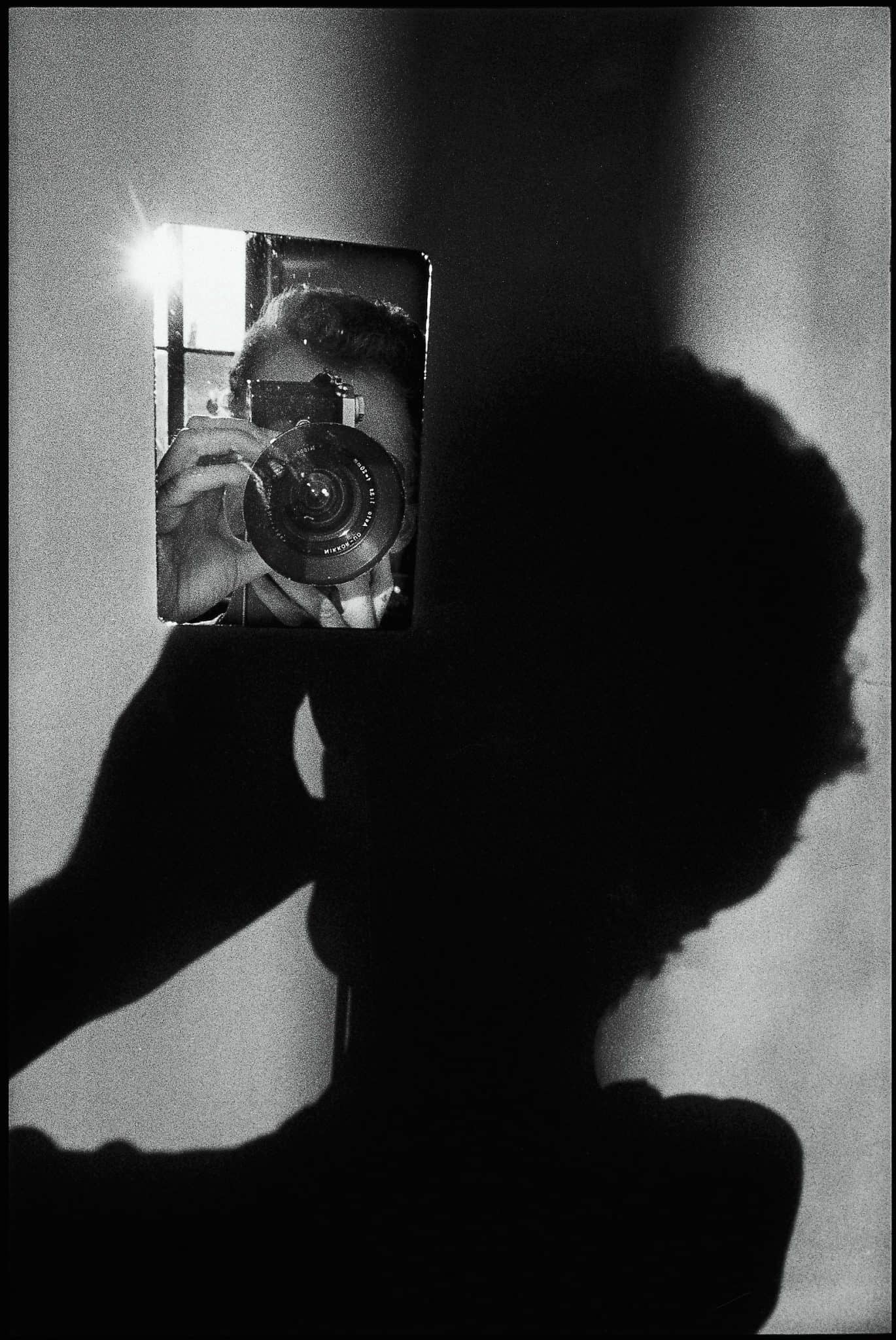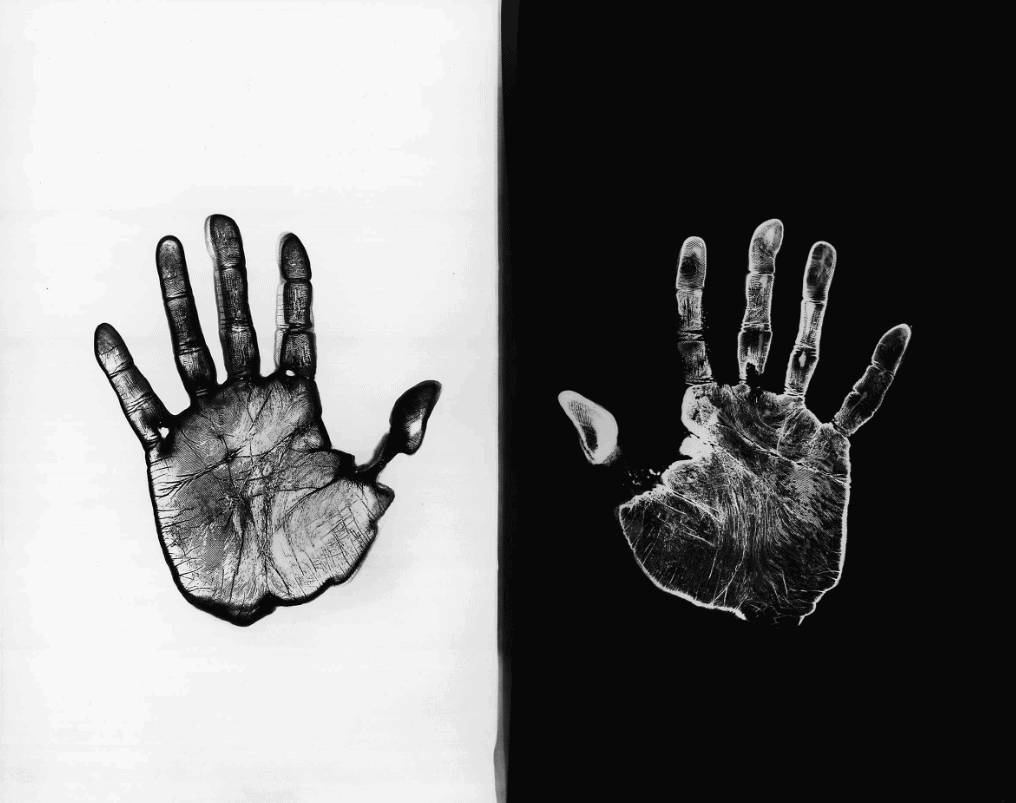Ugo Mulas (Pozzolengo, 1928 - Milan, 1973). Self-taught, his career developed in contact with the artistic and cultural scene in Milan in the early Fifties. After his debut in photojournalism (1954) Mulas rose rapidly to renown in Italy in various different fields of professional photography. In that period he worked on a series of reportages in Europe with Giorgio Zampa for L'illustrazione italiana and in an artistic partnership with Giorgio Strehler for Milan's Piccolo Teatro. Mulas photographed the Venice Biennale exhibitions from 1954 to 1972 and worked in close contact with the artists. In that period the representation of the art world became the photographer's main focus. Projects of note include the famous series on Alberto Burri (1963) and Lucio Fontana (1965) and his reportage in Spoleto for the "Sculture nella città" exhibition (1962), where he met the artists David Smith and Alexander Calder. After discovering Pop Art at the 1964 Biennale, Mulas decided to go to the United States (1964- 67), where he created his most important reportage, the book "New York: The New Art Scene" (1967). His encounters with Robert Rauschenberg and Andy Warhol, and the photography of Robert Frank and Lee Friedlander, influenced his new work of the late 1960s,in which he moved away from traditional reportage.
Large formats, projections, solarisations and the use of the proof as an aesthetic device are elements that Mulas borrowed from the experimentation of Pop art and New Dada, and the practical business of photography. In the late Slxties he participated in the aesthetic and conceptual renewal of the neo-avantgarde movements. This was the period of his reportage on the tenth anniversary of Nouveau Réalisme (Milan, 1970), his unpublished work "Vitalità del negativo" (Rome, 1970) and the books: "Alik Cavaliere" (1967), "Campo urbano" (1969), “Calder" (1971), "Fausto Melotti: lo spazio inquieto" (1971) and "Fotografare l’arte" (1973). Mulas was also involved in experimental work on theatre, working with the director Virginio Puecher for the sets of Wozzeck by Alban Berg and Benjamin Britten's The Turn of the Screw, both in 1969. The decline of the reportage format, superseded by television, led Mulas to a profound rethinking of the historic function of photography, and these aesthetic and phenomenological reflections led to his portfolio on Marcel Duchamp (1972) and the project Archivio per Milano (1969-72). His Verifiche (1968-72) were aIso produced in this period: the series of 13 works encapsulates Mulas' experience and his ongoing dialogue with the art world. A pivotal work in contemporary photography, the Verifiche series was to be his last work, as the photographer fell seriously ilI. Mulas died on 2 March 1973, a month before the opening of a retrospective dedicated to his work at the University of Parma, and the publication of his book and final testament, La Fotografia.
His work has been exhibited in various institutions in Italy and abroad: Kunsthalle, Basel (1974), Kunsthaus, Zurich (1984), Fondazione Prada, Milano (1995), Reina Sofia, Madrid (1996), MAXXI, Rome (2007), PAC, Milano (2007), GAM, Torino (2007), Palazzo Esposizioni, Rome (2009), MAMM, Moscow (2011), Centre National d’Art e de Culture Georges Pompidou, Paris (2016), Nouveau Musée National de Monaco (2016), Museo del 900/Gallerie d’Itala, MIlano (2017). A wide retrospective dedicated to his work was held in 2023 at Le Stanze della Fotografia in Venice.
